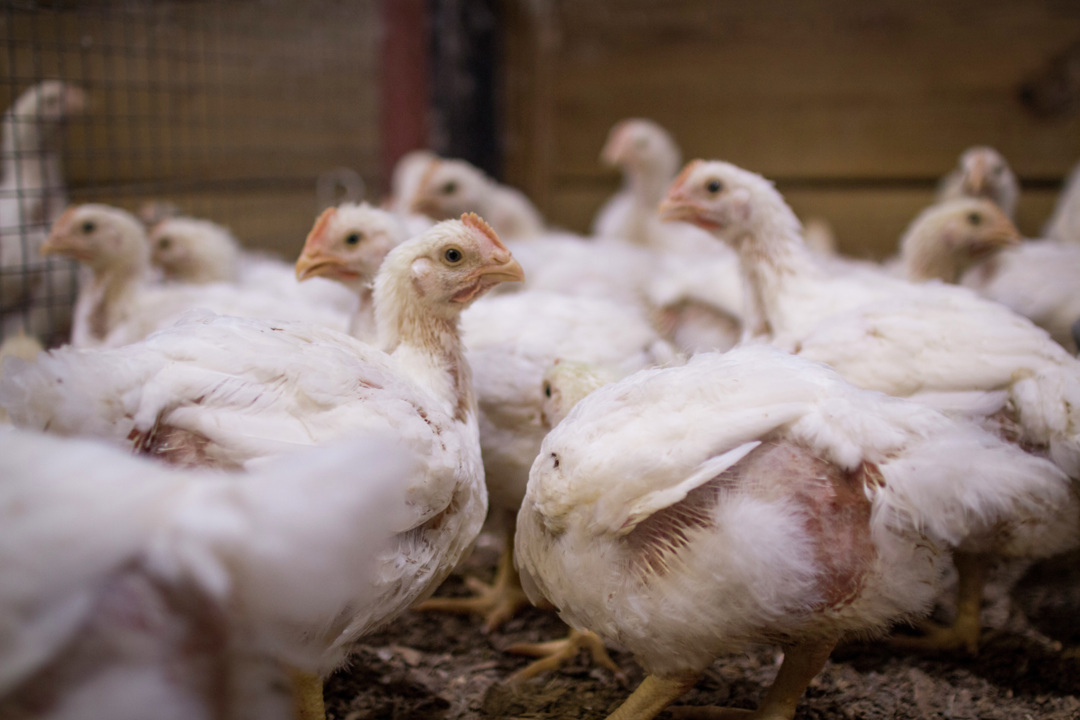
1 . Identify the AMR goal
- Clarify goal: Determine desired antimicrobial reduction and timeframe.
- Establish commitment: High-level meeting to set expectations.
- Define roles: Develop a practical plan with clear responsibilities.
- Incremental implementation: Successive reductions after positive evaluations.
- Options: Farming without antibiotics, decreased reliance, or certification (e.g., Raised Without Antibiotics).
2 . Audit feed, farm, and health baselines
Feed Management
- Feed Management: Assess breed (Ross or Cobb), feed intake, and schedule.
- Baseline Scorecard: Determine day-old chick feeding time, intake, and feed consistency.
- Nutritional Analysis: Check feed for anti-nutritional factors (e.g., mycotoxins, moulds).
- Safety Thresholds: Define acceptable ranges and adjust levels if exceeded.
- Gizzard Function: Ensure feed structure supports gizzard function and maintains pellet quality.
Farm Management
- Evaluate day-old chicks: Assess weight uniformity, body temperature, and climate in chick house.
- Climate Control: Ensure appropriate temperature range and warmth on the floor.
- Ventilation: Adjust as needed for optimal conditions.
- Feeding: Provide fresh feed on chick paper and ensure chicks are comfortable to eat.
- Access to Feeders and Drinkers: Ensure easy access for broilers throughout the cycle.
- Biosecurity: Maintain high standards of floor hygiene.
Health Management
- Antibiotic Usage: Identify antibiotics used and their purpose; assess effectiveness.
- Antibiotic Resistance: Conduct antibiograms to monitor resistance patterns.
- Coccidial Control: Implement a customized rotation program and vaccination schedule.
- Feed and Water Additives: Evaluate additives used.
- Droppings Analysis: Assess consistency and quality.
- Necropsies: Evaluate dysbacteriosis, gizzard, and coccidiosis scores.
3 . Introduce a custom solution
Only after an audit (preferably spanning the entire production chain) should targeted solutions be introduced. Beyond the primary options described in previous articles, other opinions include products, models and service interventions. Ex- Examples include:
Feed Management:
- NutriOpt: Provides feed formulation advice for improved gizzard function.
- Mycotoxin Risk Management (MRM): Mitigates mycotoxin risks directly or via mould control.
Farm management
- Service: Advice on house climate, and positioning of feeders Make it as short and Pointers and drinkers according to the age of the broilers and other environmental considerations
Health management
- Products: Strategic use of a synergistic combination based on four pillars delivering targeted modes of action (e.g. Presan-FY and IntelliBond C)
- Service: Dysbacteriosis gut health scoring
4 . ROI Analysis
- Compare resource investment with potential returns based on feed and meat prices.
- Ensure AMR strategy is both effective and economically viable.
- Reassess needs and solutions if necessary.
5. Implementation
- Engage team members with expertise in farm management, nutrition, and veterinary fields.
- Collaborate with Trouw Nutrition experts for support.
6 . Evaluation and Iteration
- Assess intervention effectiveness against customer needs.
- Iterate the process until the desired antibiotic reduction level is achieved.
- Adapt goals as needed in a dynamic marketplace.
- Employ a six-step cycle integrating feed, farm, and health management for the AMR programme from vision to achievement.
